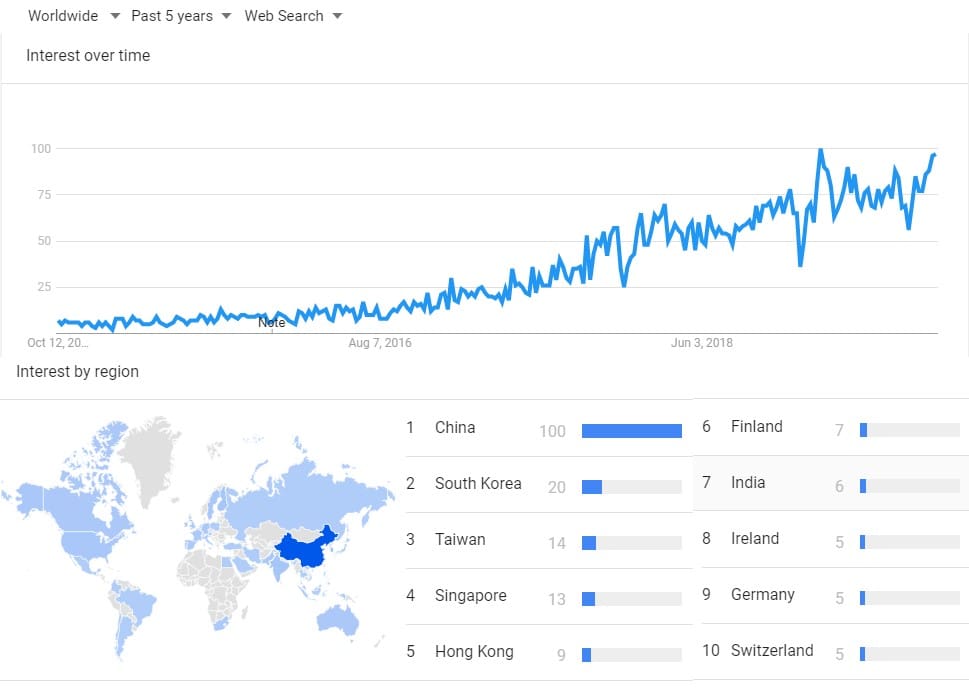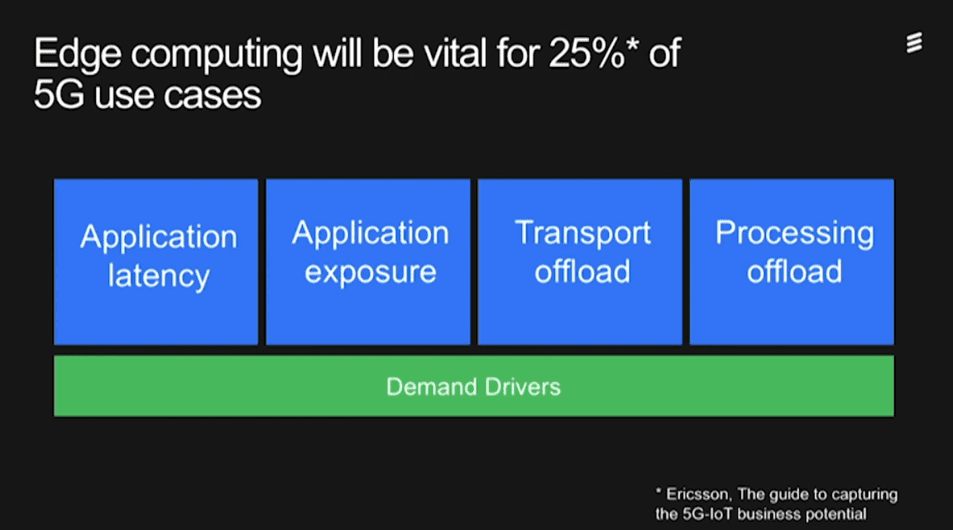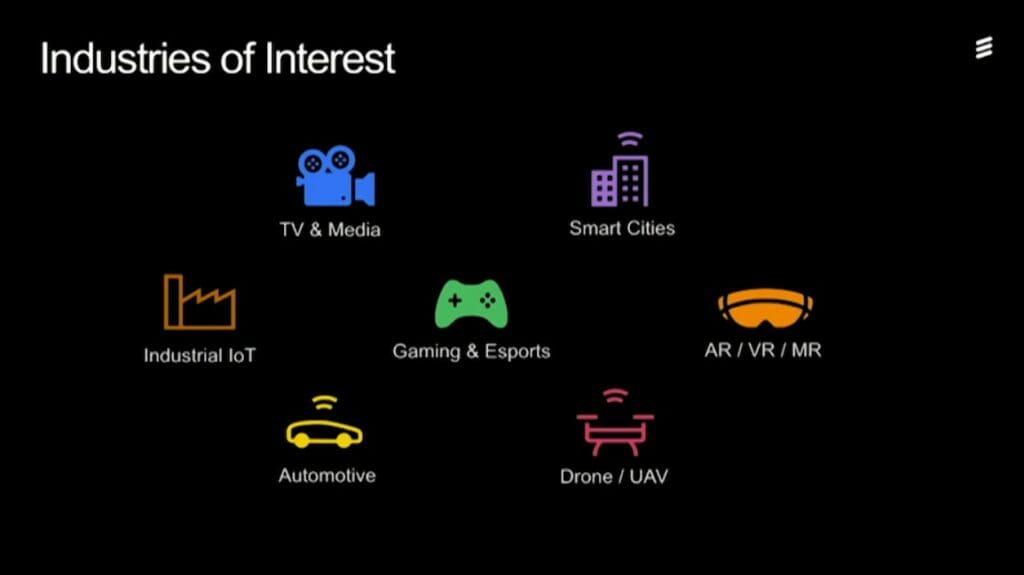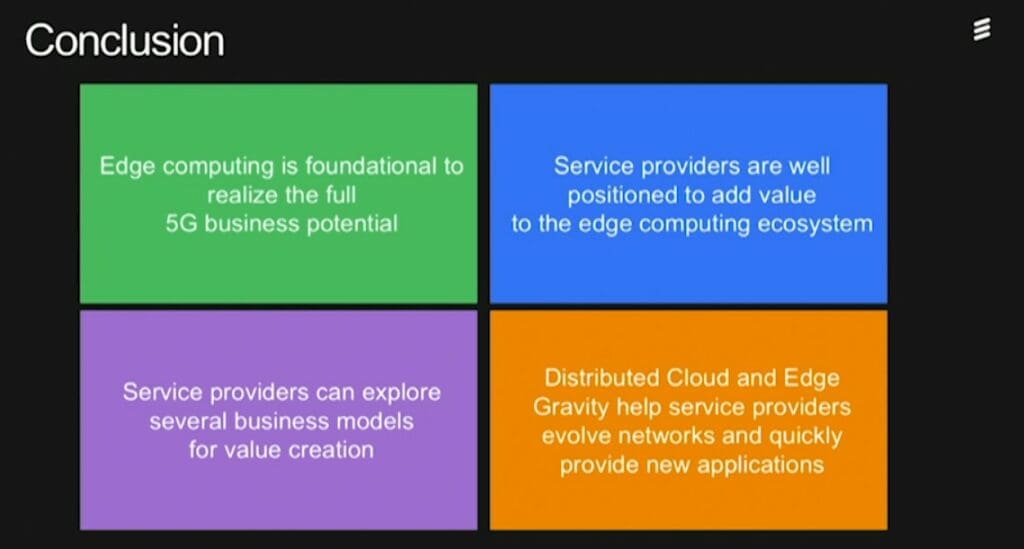Twitter Feed
Procurement in a Virtual Business World
Today, companies are undergoing a dramatic change in their environment and processes. Many groups these changes together as “Digital Transformation,” but that industry buzzword fails to describe the essential details…
Taking the Canadian Insurance Industry Digital
“Digital disruption isn’t just for hip start-ups. Incumbents can not only compete but actually lead radical industry change if they pay attention to the way their business model is shifting…
#DigitalTransformation Means Hybrid IT and Multipath
The cloud is ubiquitous in today’s business world. This operational model is changing both data center operations and application development processes across multiple domains. As the manager of data centers…
Wasabi Hot Innovations Tour: How “Hot Cloud Storage” Changes Everything!
Digital storage requirements are growing exponentially. Budgets simply can’t keep up and existing Federal Data Center Consolidation Initiative (FDCCI), “Cloud First” Policy, Federal IT Acquisition Reform Act (FITARA) and Modernizing…
(Lack of) Patch Management Highlighted in US Congress
According to the former Equifax CEO’s testimony to Congress, one of the primary causes of this now infamous data breach was the company’s failure to patch a critical vulnerability in…
Experience “The Big Pivot”
Graeme Thompson, SVP/CIO Informatica The Big Pivot Podcast explores Digital transformation and its effect on every business in every industry. In exploring the business benefits of data-driven transformation, it is…
Innovation At The Seams
by Kevin L. Jackson & Dez Blanchfield Today’s real business innovation is happening at the seams of industries. Moreover, after listening to this podcast between Sanjay Rishi, GM Global Cloud…
Digital Transformation & Intelligent Automation
By Kevin Jackson & Dez Blanchfield Digital Transformation often needs Intelligent Automation. This type of change is the focus of a recent “Pioneers of Possible” podcast. In discussion…
The Ascent of Object Storage
Over the past few years, the data storage market has changed radically. The traditional hierarchy of directories, sub-directories, and files referred to as file storage has given way to object…
The Deer Hunters: An Information Technology Lesson
by Kevin Jackson & Dez Blanchfield In episode four of the “Pioneers Of Possible” podcast series, Dez Blanchfield caught up with Max Michaels, General Manager, IBM Network Services in…

Edge computing provides compute, storage, and networking resources close to devices generating traffic. Its benefits are based on an ability to provide new services capable of meeting stringent operational requirements by minimizing both data latency and the need for bandwidth. Based on Google trend data, searches for the term has also grown substantially over the past five years.

Recognizing that web searches are not (yet) the arbiter of all things real, it does indicate a rapid growth of interest in the term. Observations of the information technology industry show a similar trend among application developers, particularly those working in manufacturing, gaming, AR/VR, and automotive. Their work seems focused on the exploration of quite a few significant business opportunities arising from the introduction of edge computing and 5G. Communication service providers are also mimicking the interest by evolving their centralized NFV infrastructure to distributed cloud infrastructure to build out edge clouds handling telecom applications and third-party applications.
While all this activity does support the potential of edge computing and 5G, essential questions remain regarding the potential versus the reality of edge computing. This query was the focus of an Ericsson Digital webinar presentation by João Monteiro Soares, Strategic Solution Manager, Distributed Cloud Ericsson and Alan Evans, Senior Director of Innovation Strategy at Edge Gravity.
These two industry experts focused on four key areas:
- The value of edge computing to 5G networks;
- Service provider business growth;
- Industry early adopter use cases; and
- Profitable service provider business strategies.
Ericsson projects that this segment will draw 25% of a US$14B-US$129B 5G revenue opportunity anchors their edge computing profitability argument.

Realized numbers depend on specific industry solutions and the rate of user adoption. They argued that telecommunications providers are key players in getting the solutions in place through the investment decisions they make today on testing and validation of relevant technologies, concrete business cases, and business model feasibility. Experiments should be executed to determine the:
- architectural positioning of industry dependent workloads;
- extendibility of centralized national architectures to regional and local access sites;
- deployment of NFVI centralized clouds throughout the network and to the edge;
- pros and cons of centralized services from a distributed cloud; and
- end-to-end service provider execution environment.
All of these functions require network transformation and a concerted collaboration effort around building broader, industry vertical ecosystems. All of these activities represent significant departures from the traditional telecommunications sales approach based on capital expenditure and acquisition of industry vertical appliances.
Early adopters of edge computing have discovered that the more lucrative path is towards the provisioning of industry vertical tailored on-demand services that are tempered by various maturing technologies and regulatory environments. This future state supports the operational expenditure of funds by telco customers for the consumption of virtual resources. From an infrastructure perspective, the goal should be establishing a virtualized mobile core in a true cloud-native manner. Customization, network slicing, and infrastructure platform services will all combine to enable service providers to deliver solutions across all multiple verticals, leading ones of which include:
- Gaming and entertainment;
- AR/VR Mixed Reality;
- Critical IoT;
- Smart Manufacturing; and
- Smart Automotive

To monetize future business models, service providers need to innovate towards the delivery of new services. This journey argues for a platform that is also open to innovation by third parties on top of the foundational network. Service aggregation and revenue sharing are also critical components of these new business models. Telco service provider strategies should encompass both a global industry ecosystem positional view and a local service focus on enhanced regional bandwidth and latency reduction. Technology development remains essential, but it needs to take a back seat to strategic business development activities. This challenging path requires real cultural change that counters the historic technology focus and embraces industry vertical competence and values extended vertical industry ecosystems.

Seventy to eighty percent of the required technology seems to be in place. The remaining technological requirements are determined through industry vertical use case testing across live 5G network environment. I came away from the webinar fully convinced that edge computing is indeed a real opportunity. Revenue and profit realization, however, requires joint development of industry-focused ecosystems by business application developers and telecommunications providers. They must establish joint strategies and specific use case roadmaps today or risk being left behind by their competition. The upcoming SDN World Congress promises to be a crucible for the development and testing of profitable edge computing business models. I can’t wait to find out more about how the most innovative service providers use Ericsson solutions to establish their leadership in this brave new world.

Cloud Computing
- CPUcoin Expands CPU/GPU Power Sharing with Cudo Ventures Enterprise Network Partnership
- CPUcoin Expands CPU/GPU Power Sharing with Cudo Ventures Enterprise Network Partnership
- Route1 Announces Q2 2019 Financial Results
- CPUcoin Expands CPU/GPU Power Sharing with Cudo Ventures Enterprise Network Partnership
- ChannelAdvisor to Present at the D.A. Davidson 18th Annual Technology Conference
Cybersecurity
- Route1 Announces Q2 2019 Financial Results
- FIRST US BANCSHARES, INC. DECLARES CASH DIVIDEND
- Business Continuity Management Planning Solution Market is Expected to Grow ~ US$ 1.6 Bn by the end of 2029 - PMR
- Atos delivers Quantum-Learning-as-a-Service to Xofia to enable artificial intelligence solutions
- New Ares IoT Botnet discovered on Android OS based Set-Top Boxes
